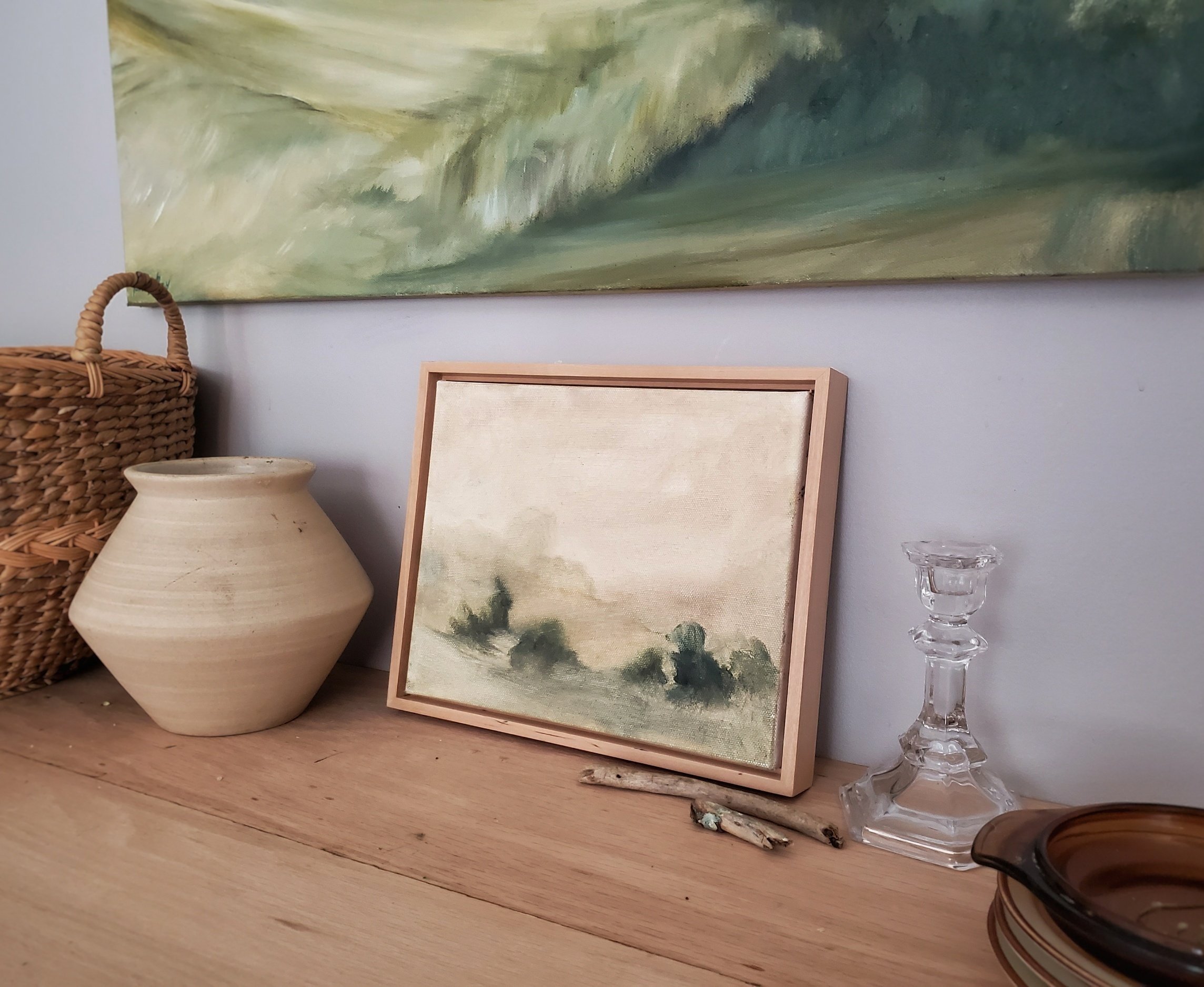Creating Harmonious Spaces: The Power of Color in Artwork and Interiors.
Color is a powerful tool that can significantly impact our emotions and mood. When it comes to selecting artwork for your home, choosing the right color palette becomes crucial in setting the desired ambiance and atmosphere.
Whether you aim for a calming retreat, a vibrant and energetic space, or a sophisticated and elegant setting, understanding the psychological effects of colors and their harmonious combinations is key.
In this blog post, we will explore how to select the perfect color palette for artwork that aligns with your desired mood and enhances your living space.
1. Define Your Desired Mood:
Before diving into the world of colors, take a moment to envision the mood you want to create in your home. Is it a serene sanctuary to unwind after a long day, a lively and inspiring space for creativity, or a cozy and warm environment for social gatherings? Identifying the desired mood will serve as a guiding principle throughout the color palette selection process.
2. Understand the Psychology of Colors:
Colors possess unique psychological properties that evoke specific emotions. Here's a brief overview of some commonly used colors and their associated moods:
- Blue: Tranquility, serenity, and relaxation.
- Green: Harmony, balance, and renewal.
- Yellow: Energy, happiness, and optimism.
- Pink: Sweet, playful, and tender.
- Brown: Nature, Grounded, Mellow
- Orange: Warmth, enthusiasm, and vitality.
3. Harmonizing Color Combinations:
Once you have a clear understanding of the emotions you wish to evoke, it's time to explore color combinations that harmonize well together. Consider the following approaches:
Complementary Colors:
Choose colors that are opposite each other on the color wheel. These combinations create a vibrant and energetic atmosphere.
Monochromatic Palette:
Stick to variations of a single color. This creates a sense of harmony and simplicity, ideal for minimalist and serene spaces.
Analogous Colors:
Select colors that are adjacent to each other on the color wheel. This creates a harmonious and soothing ambiance, perfect for relaxation and tranquility.
4. Consider Existing Décor and Lighting:
Take into account the existing color scheme and lighting conditions in your space. Artwork should complement the overall aesthetic and lighting of the room. If your room is predominantly neutral, a bold and vibrant artwork can serve as a focal point. On the other hand, if your space already has strong color elements, opting for more subtle and complementary artwork might be the way to go.
5. Personal Taste and Emotional Connection:
Ultimately, selecting artwork is a highly personal process. Trust your instincts and choose pieces that resonate with you emotionally. Art has the power to evoke memories, tell stories, and ignite feelings. Let your personal taste shine through, and seek artwork that brings you joy and a sense of fulfillment.
Selecting the right color palette for artwork in your home is a thoughtful process that requires an understanding of your desired mood, the psychology of colors, and the overall aesthetic of your space. By carefully considering these factors, you can create an ambiance that aligns with your intentions and enhances your living environment.
So, embark on your artistic journey, and let the perfect color palette transform your home into a haven of emotions and inspiration.









